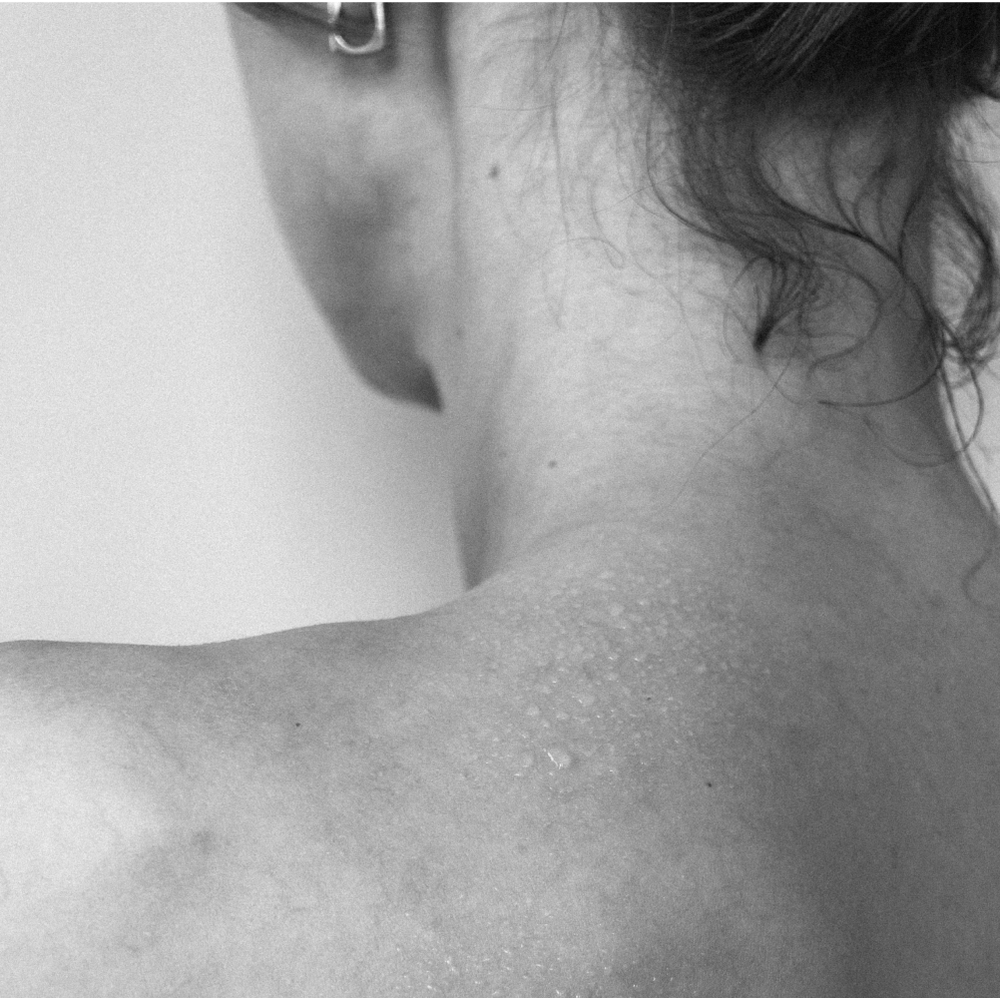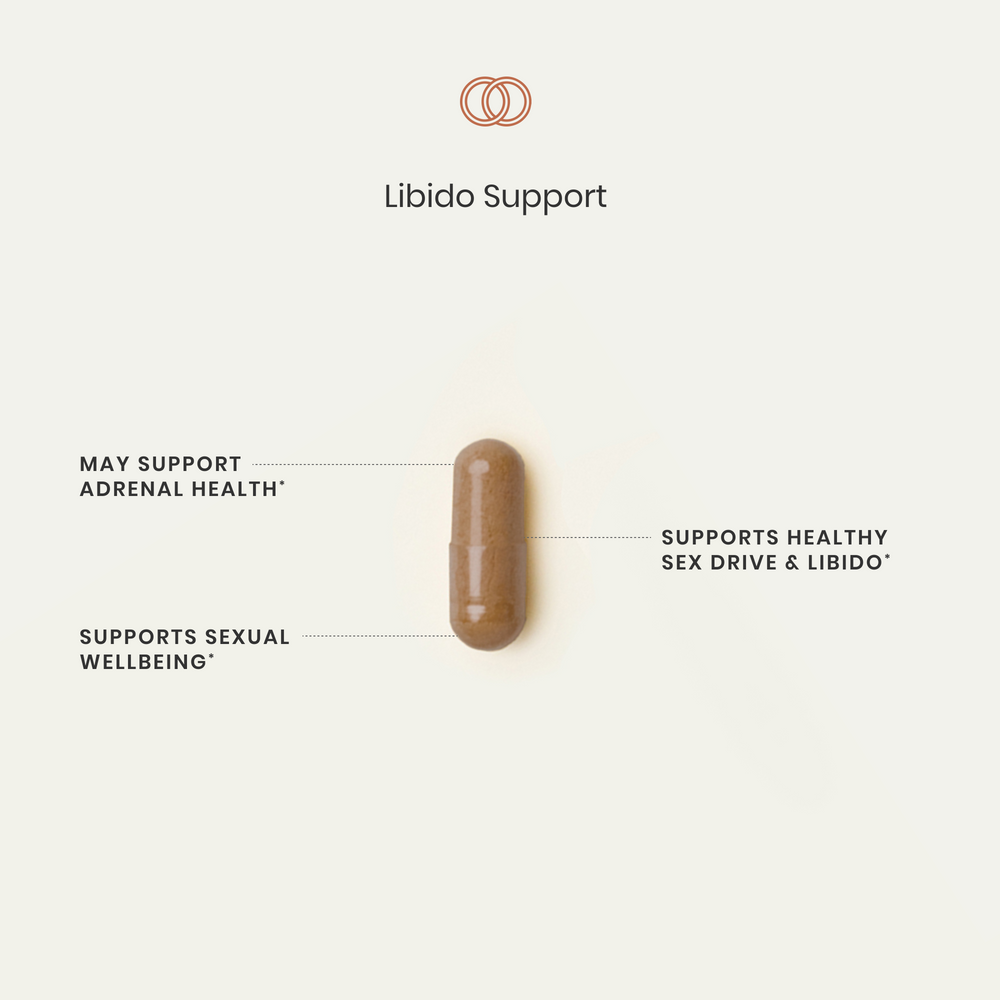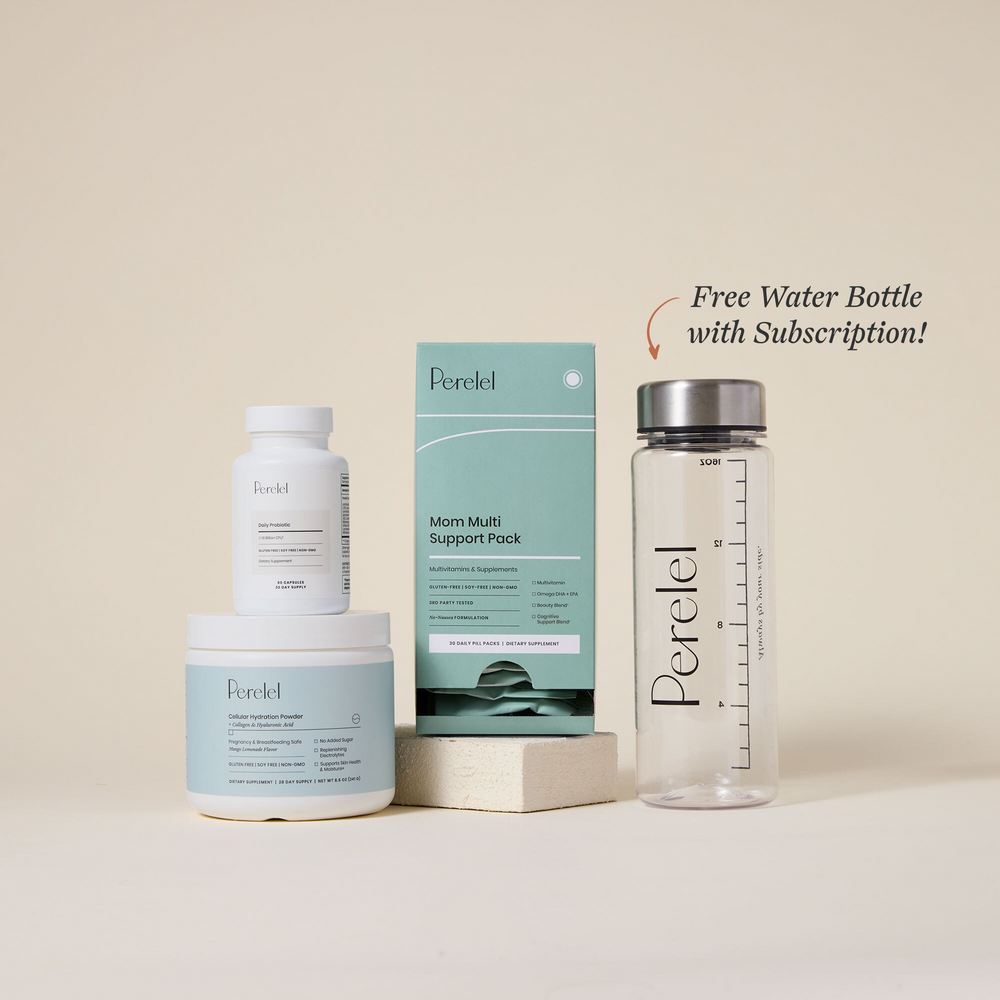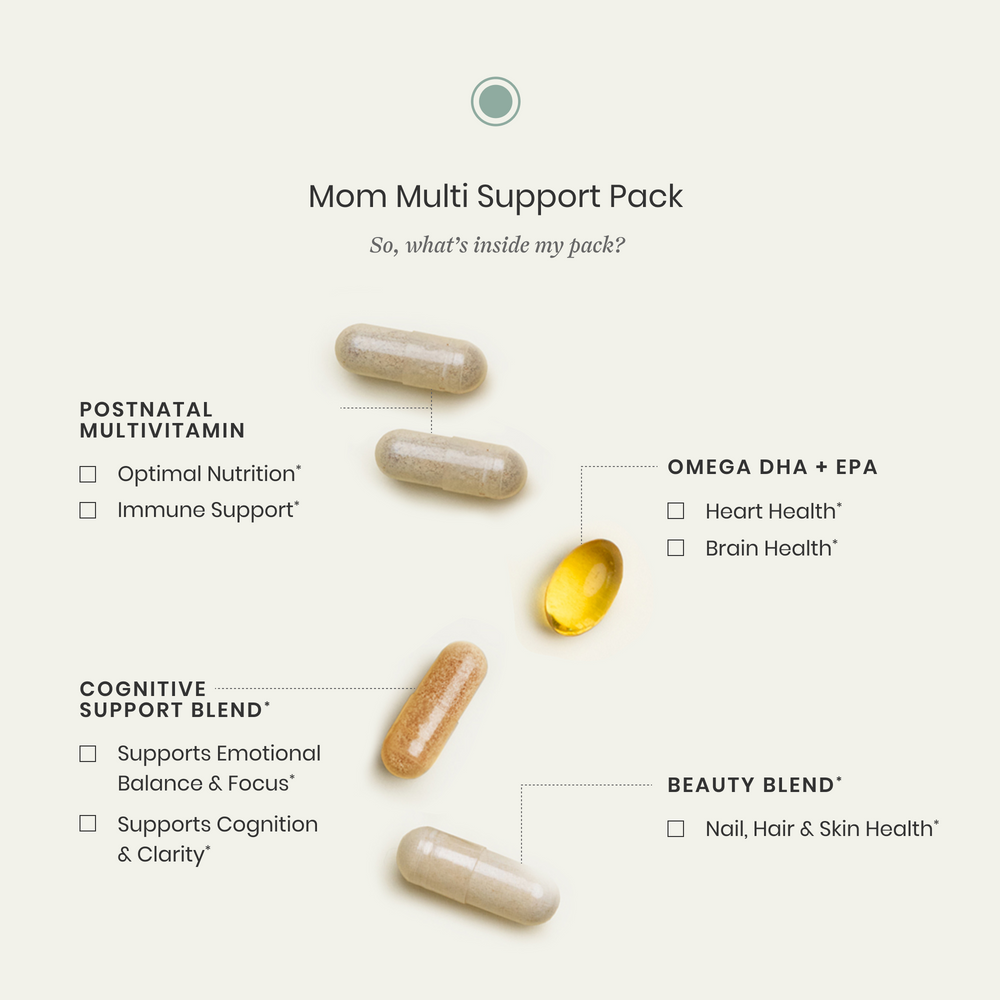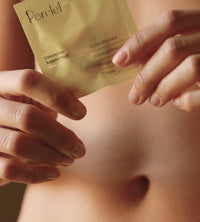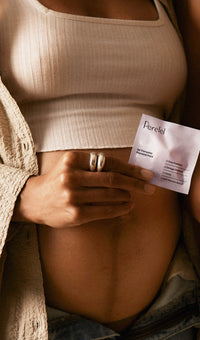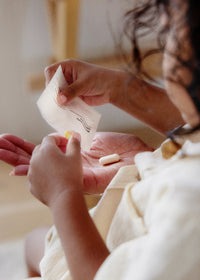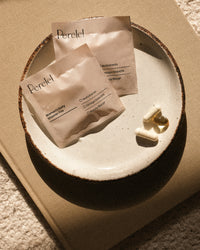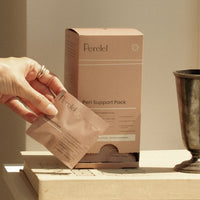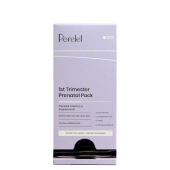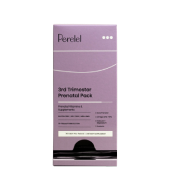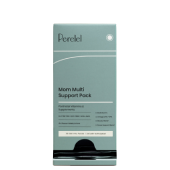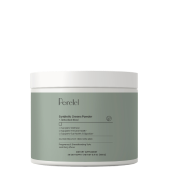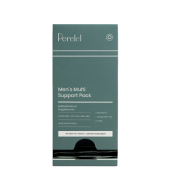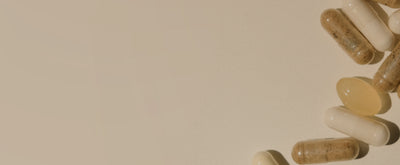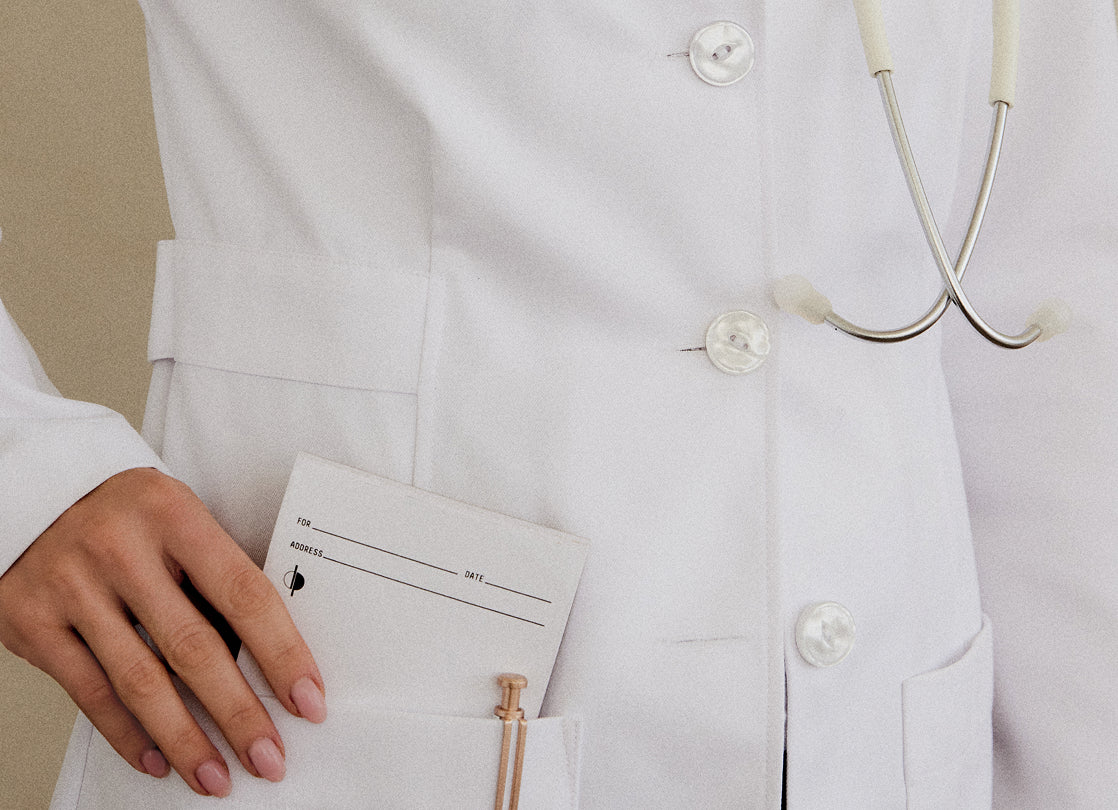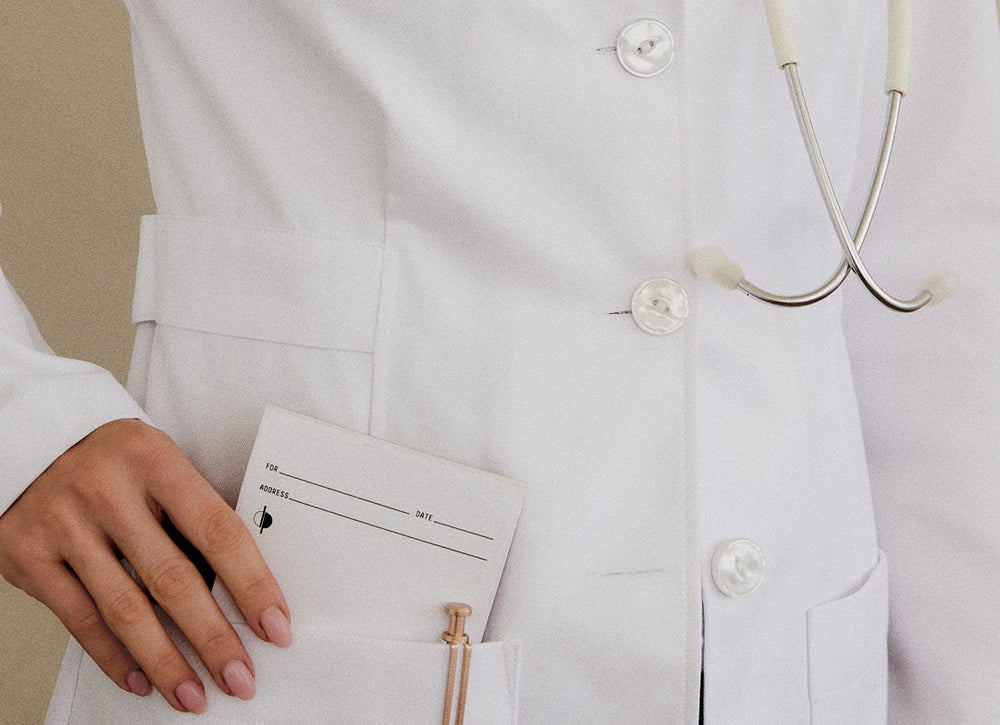Desire is complex. It’s influenced by your hormones, your mental health, your relationships—and sometimes, just how much sleep you got last night.
Whether you’re postpartum, in perimenopause, navigating antidepressants or simply feeling disconnected, low desire doesn’t mean something is wrong with you. In fact, it may just mean you haven’t been taught how desire actually works, or how yours uniquely shows up.
Below, let's unpack the science behind sexual desire, why "responsive" desire is just as valid as spontaneous, and gentle, actionable ways to reconnect with your body and pleasure on your own terms.
Natural shifts of desire
Sexual desire can feel higher and lower at different points in your life. It can shift in response to everything from medication to major life phases, like parenthood and menopause.
Sometimes we think we have low desire when we really just don’t understand how desire works.
How does desire work?
We often think of desire as something that happens out of the blue—like a lightning bolt of wanting. But for many folks, especially women, desire isn’t spontaneous. Instead, it’s responsive.
That means that you feel desire in response to something, whether it’s a sensual touch or a feeling of intimacy. If that’s the case for you, it can be helpful to find ways to invite in desire instead of waiting for it to show up on its own.
What if my partner has more desire?
It’s very common for couples to have mismatched sex drives (or what researchers call a “desire discrepancy”). This doesn’t mean that there’s anything wrong with your level of desire. It just means that you and your partner desire differently.
In some cases, it’s more an issue that one partner desires spontaneously and the other partner desires responsively.
Is “low desire” a diagnosis?
There is something called “hypoactive sexual desire disorder,” which is basically low desire that causes you distress, but some argue that women’s desire has been overly medicalized.
It’s not just that women are taught to have unrealistic expectations for how our desire “should” work. We also live in a society where men’s pleasure is prioritized and women are shamed for being sexual.
What sparks desire?
What turns one person on might not register for another. But understanding what can spark desire is a powerful first step toward reconnecting with your body, your pleasure, and your partner.
Touch
Even just a simple touch can spark desire, whether it’s a kiss on the neck or fingertips grazing your wrist.
Sexy visuals
You might get turned on by seeing your partner undress, a sexy photo or an erotic film.
Intimacy
Even just the emotional feeling of closeness with a partner can spark an interest in sex.
Intrigue
Closeness is important, but sometimes we want our partners more when we also have a sense of mystery and distance.
Being wanted
Feeling desired can be key for sparking your own desire.
What blocks desire?
These things can get in the way:
-
Hormonal shifts
-
Thyroid problems
-
Stress
-
Anxiety
-
Depression
-
Medication
-
Relationship issues
-
Vaginal dryness
What else helps?
For lots of folks, it can help to get in touch with your body through things like yoga, dancing, singing, and mindfulness meditation.
For others, it’ll make sense to see a couples therapist or consider switching any medications that might be hampering desire.
A targeted supplement like Libido Support, which can help to activate estrogen receptors and help restore a healthy sex drive.
If you’re distressed about it, it’s always a good idea to talk with your doctor.
Shop the Article:
How do I talk about it?
Here are a few sample scripts you might say to your:
Partner:
“I think my desire is more responsive than spontaneous. I need some soft kisses, maybe a little shoulder massage, to get interested in sex.”
“I think we have different levels of desire, which is totally normal, and I have some ideas for how we can work with it.”
Doctor:
“Ever since I started taking antidepressants, I haven’t been interested in sex. What can I do?”
“I used to be interested in sex all the time. Ever since having my baby, I’m not into it at all.”
Takeaways
-
Desire shifts in response to everything from medication to major life phases, like parenthood and menopause.
-
Desire isn’t always spontaneous. Often, especially for women, it’s responsive.
-
It’s common for couples to have mismatched sex drives—or what researchers call a “desire discrepancy.”
-
Hypoactive sexual desire disorder is low desire that causes you distress.
-
Everything from intimacy to the feeling of being wanted can spark desire.
-
It’s a good idea to try getting in touch with your body through yoga, dancing, singing, and meditation.
-
Other possibilities: seeing a couples therapist, switching medications, and checking in with your doctor.
Resources:
Ferguson, S. (2021, October 14). Everything You Need to Know About Female Arousal. Healthline. https://www.healthline.com/health/healthy-sex/female-arousal
Female sexual dysfunction - Symptoms and causes. (2022, December 17). Mayo Clinic. https://www.mayoclinic.org/diseases-conditions/female-sexual-dysfunction/symptoms-causes/syc-20372549
Sexual Dysfunction in Females: Types, Causes, Treatments. (n.d.). Cleveland Clinic. https://my.clevelandclinic.org/health/diseases/9123-sexual-dysfunction-in-females
Garis, M. G. (2022, November 8). The Differences Between Spontaneous and Responsive Desire May Explain Why You Never Initiate Sex. Well+Good. https://www.wellandgood.com/how-to-get-turned-on/
van Anders SM. Testosterone and sexual desire in healthy women and men. Arch Sex Behav. 2012 Dec;41(6):1471-84. doi: 10.1007/s10508-012-9946-2. Epub 2012 May 3. PMID: 22552705.
NHS website. (2022a, June 9). Low sex drive (loss of libido). nhs.uk. https://www.nhs.uk/conditions/loss-of-libido/
McCall K, Meston C. Cues resulting in desire for sexual activity in women. J Sex Med. 2006 Sep;3(5):838-852. doi: 10.1111/j.1743-6109.2006.00301.x. PMID: 16942529; PMCID: PMC2861288.
Norén, L. (2021, March 25). What Triggers Sexual Desire In Women. Leigh Norén. https://leighnoren.com/human-sexuality-blog/what-triggers-sexual-desire-in-women/
Sophie C. Goss, Stephanie Raposo, Rhonda Balzarini, Natalie O. Rosen, Veronica Benyamin, Amy Muise. (2022) Feeling Close and Seeing a Partner in a New Light: How Self-Expansion Is Associated With Sexual Desire. Journal of Social and Personal Relationships 39:8, pages 2478-2506.
Sofia Prekatsounaki, Erick Janssen & Paul Enzlin (2019) In Search of Desire: The Role of Intimacy, Celebrated Otherness, and Object-of-Desire Affirmation in Sexual Desire in Women, Journal of Sex & Marital Therapy, 45:5, 414-423, DOI: 10.1080/0092623X.2018.1549633
This article is for informational purposes only. It is not, nor is it intended to be, a substitute for professional medical advice, diagnosis, or treatment and we recommend that you always consult with your healthcare provider. To the extent that this article features the advice of physicians or medical practitioners, the views expressed are the views of the cited expert and do not necessarily represent the views of Perelel.


